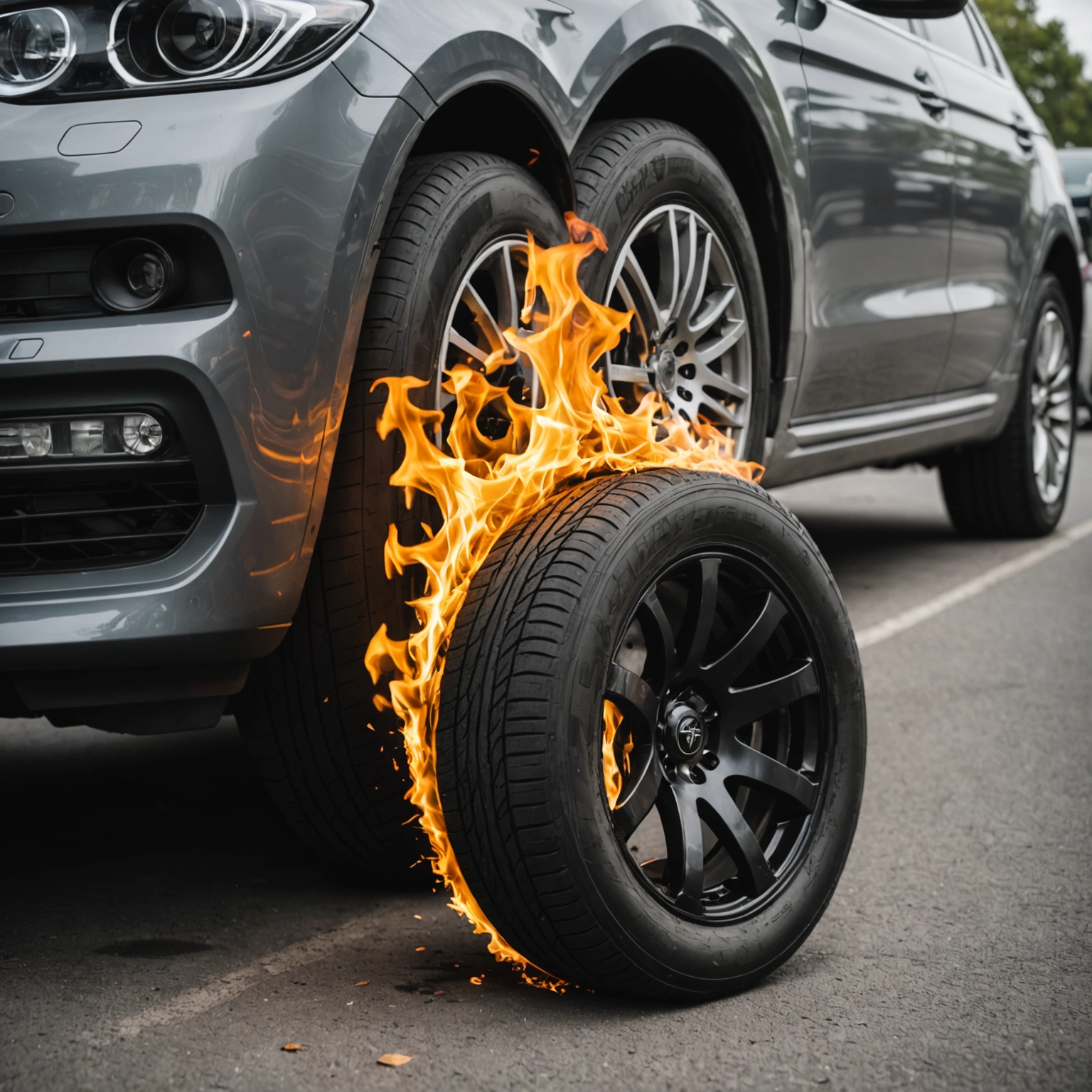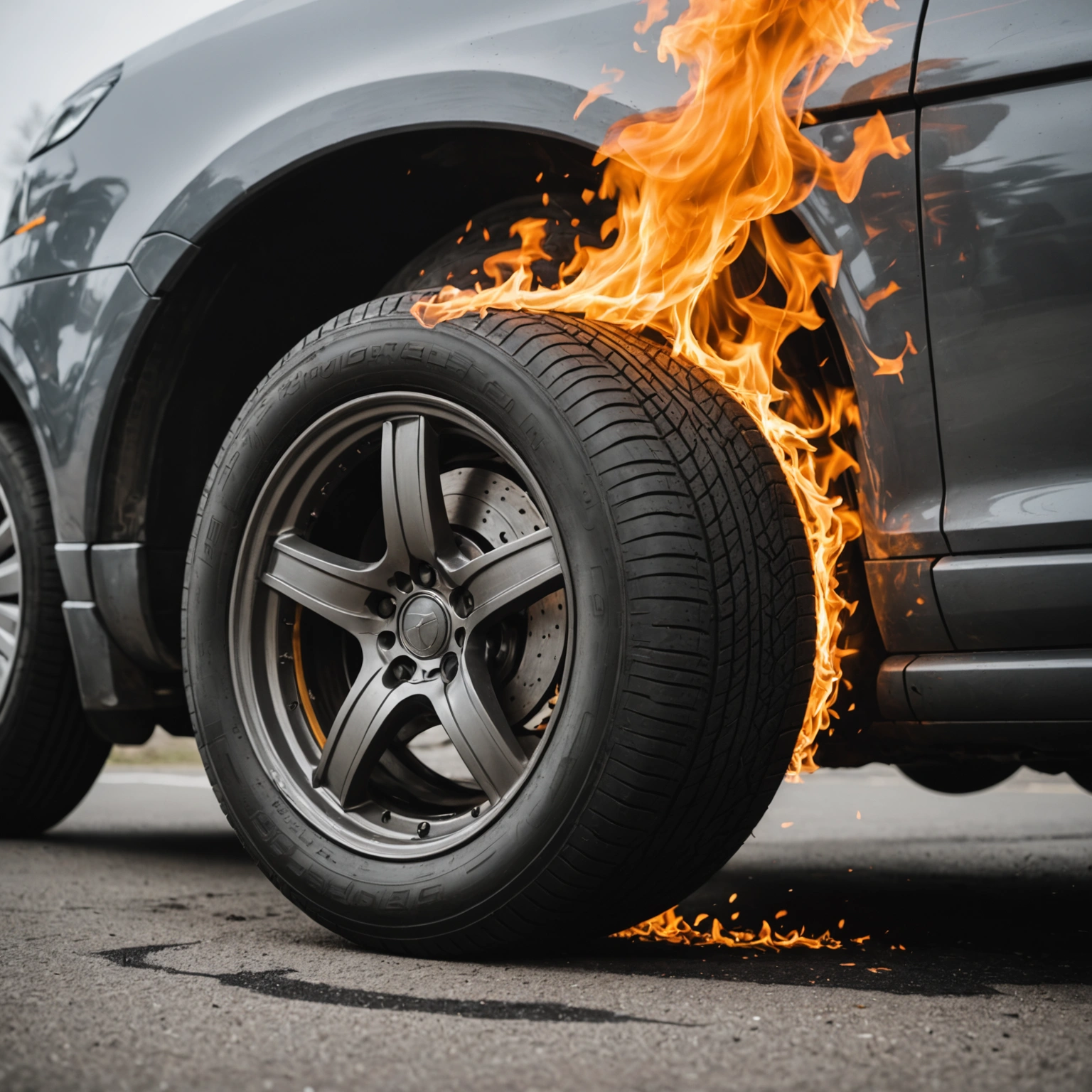**Are Tires Flammable? Understanding the Risks and Safety Tips**
When it comes to vehicle safety, many drivers wonder about the potential hazards associated with various car components. One common question is: **Are tires flammable?** The answer is yes, but with some important nuances. Let’s delve into the facts about tire flammability, the risks involved, and how to handle tires safely.

### Are Tires Flammable?
**Yes, tires are flammable.** They are made primarily of rubber, along with other materials like fabric, steel, and chemical compounds, all of which can burn under certain conditions. Rubber, especially when heated or exposed to an open flame, can ignite and sustain combustion, leading to tire fires.

### Why Are Tires Flammable?
Several factors contribute to tire flammability:

– **Rubber Composition:** Natural and synthetic rubber are combustible materials. When heated, they produce flammable gases that can ignite.
– **Chemical Additives:** Tires contain chemicals like carbon black, oils, and other agents that can influence flammability.

– **Environmental Conditions:** High temperatures, direct sunlight, or exposure to heat sources can increase the risk of tires igniting.
– **Mechanical Damage:** Overheated brakes or friction from a stuck brake caliper can generate enough heat to cause tire fires.
– **External Ignition Sources:** Sparks, open flames, or discarded cigarettes can ignite tires, especially if they are hot or damaged.
### Common Scenarios Leading to Tire Fires
– **Accidents:** A collision can damage tires or cause sparks that ignite flammable materials.
– **Overheating:** Excessive driving, especially under heavy loads or in hot climates, can cause tires to overheat.
– **Illegal or Improper Disposal:** Burning or crushing tires as waste can lead to uncontrolled fires.
– **Vandalism or Arson:** Deliberate setting of tires on fire is a risk in some areas.
### Safety Tips to Prevent Tire Fires
– **Maintain Proper Tire Pressure:** Under-inflated or over-inflated tires are more prone to overheating.
– **Regular Inspection:** Check for signs of damage, such as cuts, cracks, or excessive wear.
– **Avoid Overloading:** Carrying more weight than recommended increases heat build-up.
– **Be Mindful of Hot Tires:** Allow tires to cool after long drives or heavy use before handling or parking.
– **Proper Disposal:** Never burn tires; always dispose of them through authorized recycling centers.
### In Case of a Tire Fire
If a tire fire occurs:
– **Do Not Use Water on Certain Fires:** While water can sometimes help extinguish small fires, tire fires can produce thick, toxic smoke. Use a class B fire extinguisher if available.
– **Call Emergency Services:** Tire fires can spread rapidly and produce hazardous fumes.
– **Keep a Safe Distance:** Toxic smoke and heat can cause health risks; evacuate the area if necessary.
### Conclusion
While tires are indeed flammable, they generally don’t ignite without an external ignition source or exceptional circumstances. Proper maintenance, safe driving practices, and responsible disposal can significantly reduce the risk of tire fires. Always prioritize safety and consult professionals if you notice any issues with your tires.
**Stay safe on the road!**

